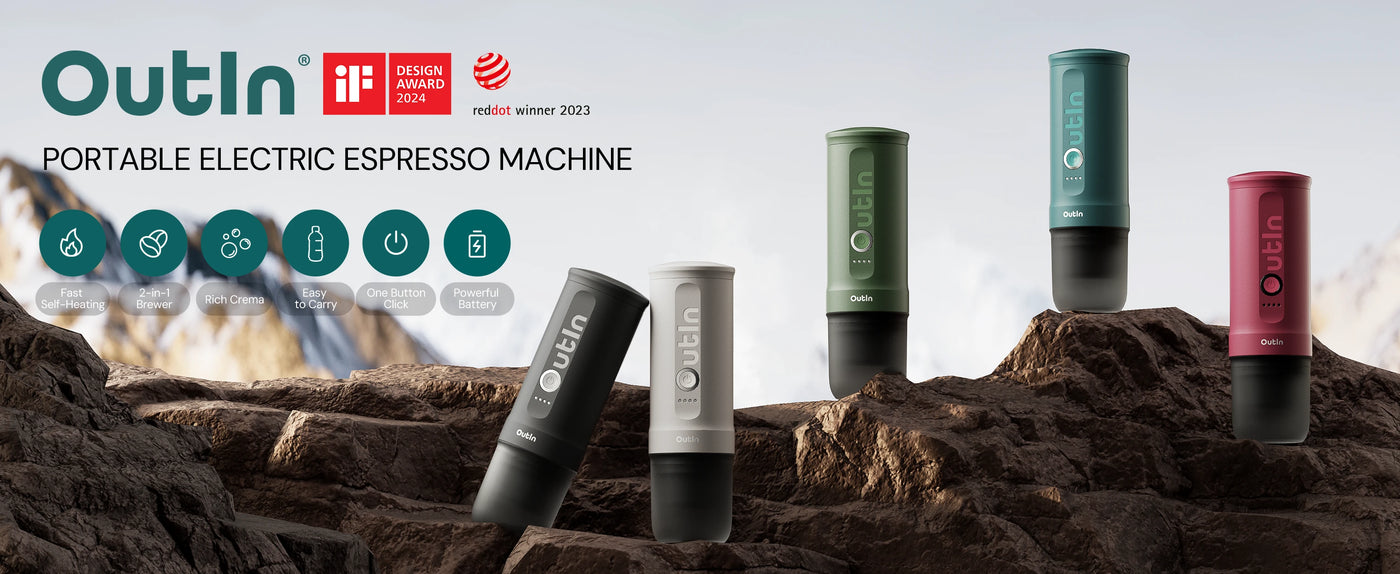Unleash Your Coffee Passion: Discover the Magic of Mobile Espresso Units!
In recent years, mobile espresso units have gained a dedicated following among coffee enthusiasts and entrepreneurs alike. These portable coffee-making machines offer a unique blend of convenience and quality, allowing baristas to serve delicious espresso on the go. Whether at a bustling festival, a corporate event, or a local market, mobile espresso units provide an opportunity for coffee lovers to indulge in their favorite brews wherever they are. This article aims to delve into the fascinating world of mobile espresso units, exploring various types available, their features, and the practical uses that make them a must-have for any coffee aficionado.

Understanding Mobile Espresso Units
Mobile espresso units are compact, portable machines designed to brew high-quality espresso in various locations. Unlike traditional espresso machines, which are typically fixed in coffee shops, mobile espresso units are versatile and can be transported easily. They consist of essential components such as a water reservoir, a pump for pressure, a brewing group, and a steam wand for frothing milk. The main difference lies in their design and functionality: while traditional machines may require a dedicated power source and extensive plumbing, mobile units are often equipped to operate with minimal setup, making them ideal for on-the-go coffee serving. Their portability not only caters to coffee vendors but also allows for personalized coffee experiences at events, making them a practical choice for those seeking to share their love for espresso.
Types of Mobile Espresso Units
Mobile espresso units come in various forms, each tailored to specific needs and environments. Trailer units are among the largest and are ideal for high-traffic events, offering ample space for equipment and storage. They can be outfitted with full espresso bars and even additional features like refrigeration for milk and pastries. Cart units, on the other hand, are smaller and more portable, making them perfect for markets and smaller gatherings. They can be wheeled around easily and set up quickly. Finally, portable machines are compact and often battery-operated, allowing coffee lovers to brew espresso in almost any location, from outdoor picnics to tailgate parties. While trailer units can offer a complete coffee experience, they require a larger commitment in terms of space and investment. Cart units strike a balance between mobility and capacity, while portable machines provide the ultimate convenience but may lack some advanced features found in larger units.
Features to Look For in a Mobile Espresso Unit
When selecting a mobile espresso unit, there are several key features to consider. Size and capacity are crucial; a unit that is too large may hinder mobility, while one that is too small might limit the number of drinks you can serve. Additionally, understanding the power source is essential. Some units are designed to run on electricity, while others may use gas or battery, influencing where they can be used. Brewing capabilities also matter greatly; look for machines that can handle a range of beverages, from classic espresso to lattes and cappuccinos. Furthermore, the quality of the grinder is an important aspect as freshly ground coffee beans significantly enhance flavor. Personal experiences often highlight the importance of ease of use and maintenance—units that are user-friendly and easy to clean will save time and effort, especially during busy events.
Practical Uses of Mobile Espresso Units
Mobile espresso units can be utilized in a variety of settings, making them incredibly versatile. They are perfect for outdoor events like weddings and festivals, where guests often appreciate having access to quality coffee. Catering services can also benefit from these units, offering espresso as part of their beverage menu to elevate the dining experience. Additionally, local markets and pop-up events provide excellent opportunities for coffee vendors to showcase their skills and connect with the community. To maximize effectiveness, it’s essential to have a well-thought-out setup plan, including strategic placement for visibility and easy access. Creating a welcoming atmosphere with signage and friendly service can turn a simple coffee stand into a memorable experience for customers. Personal anecdotes from friends who run coffee stalls emphasize the importance of engaging with customers, as a friendly chat can turn a casual passerby into a loyal customer.
Transforming Coffee Experience with Mobile Espresso Units
Mobile espresso units have transformed the way coffee is served, bringing the café experience to a variety of locations. From understanding their components and types to exploring essential features and practical uses, it’s clear that these units cater to the needs of coffee lovers and vendors alike. The ability to serve high-quality espresso on the go opens up a world of possibilities for events, catering, and personal enjoyment. As the demand for specialty coffee continues to grow, mobile espresso units present an exciting opportunity for anyone passionate about coffee to explore and share their love for this beloved beverage.








